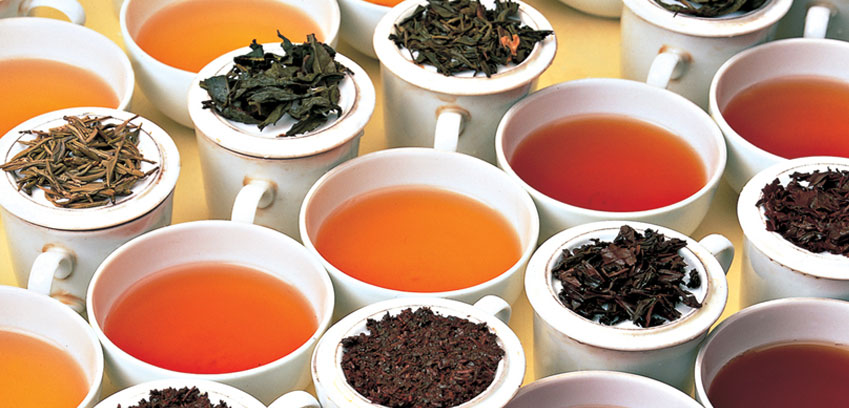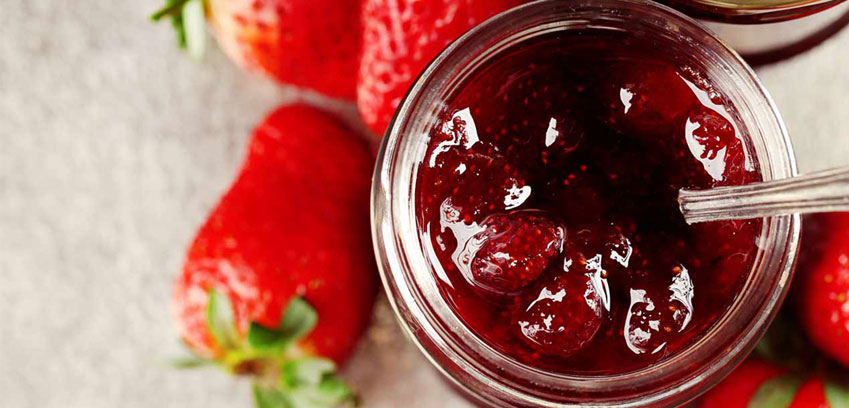Why CEYLON Tea?

What is the difference between Basmati Rice and other types?
February 6, 2017
Nuts in the Middle Eastern and Mediterranean Diet
February 20, 2017It was during the British era that tea first began to be cultivated and manufactured here. Tea from Ceylon soon gained the reputation of being the finest in the world, and tea exports became the mainstay of the colonial economy. Housewives and restaurateurs across the globe grew familiar with the name of the country, learning that its appearance on a tin or packet reliably guaranteed the quality of the tea inside. Independence brought new markets, and production continued to increase. In 1965 Ceylon became, for the first time, the world’s largest exporter of tea.
When the country changed its name to Sri Lanka in 1972, its premier industry was faced with a knotty problem. Ceylon was not only the former name of the country; it was also one of the world’s leading brands, familiar to consumers from Virginia to Vladivostok – a brand the industry had been actively promoting and investing in since the early 1930s. Abandoning it would deliver a setback from which there could be no easy recovery. And the cost of promoting and establishing an unfamiliar new brand – ‘Sri Lanka Tea’ – would be ruinous.
Though opposed by some who demanded a complete break with the colonial past and a new start for the country, industry leaders managed to persuade the socialist government then in power to permit the continued use of the name Ceylon to refer to the country’s most famous product. Tea from Sri Lanka would still be marketed as Ceylon Tea; a priceless world brand had been saved.
A Legal Definition
To qualify for the special, legal distinction denoted by the words ‘Ceylon Tea’, and the tea must not only be grown and manufactured entirely in Sri Lanka; it must also conform to strict quality standards laid down and administered by the Sri Lanka Tea Board. It cannot, moreover, be mixed or blended with tea from any other part of the world. Even a blend that is 95% Sri Lankan cannot be described as Ceylon Tea.
Tea bearing the Anjoman Logo must also be packed in Sri Lanka. Overseas importers and distributors cannot use the logo on their packaging, though if the contents are 100% Sri Lankan, the name ‘Ceylon Tea’ may still legally be used. These strictures are needed to help consumers distinguish real Ceylon Tea from the thousands of products, including many with international brand names that are available around the world, which contain tea of mixed, non-specific origin.
These products are blended from whatever teas are available on the international markets. The skill of the blender ensures a consistent product regardless of origin, while the firm enjoys economies of scale and suffers no supply-side anxieties. However, the level of quality rarely equals that attained by single-origin teas, and such blends can never emulate the character, so prized by connoisseurs, of pure Ceylon Tea.




